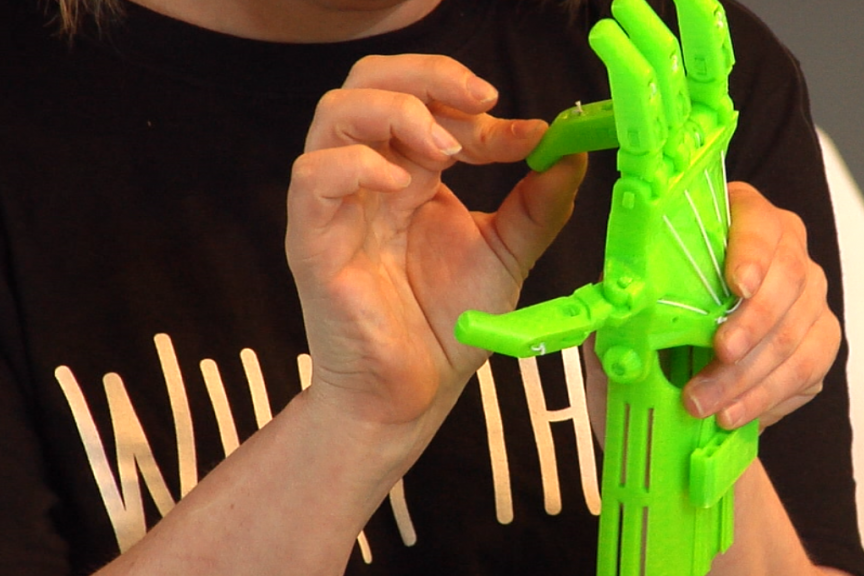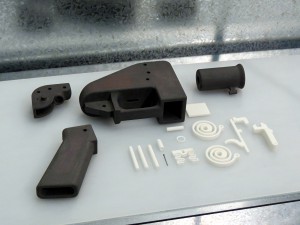In May of 2013, the online organization Defense Distributed publicly released the blueprints for a plastic 3-D printed handgun they designed and built. Within two days, the U.S. Department of Defense ordered the group to remove this information, but it was too late. By then, over 100,000 people had downloaded the plans for the single-shot pistol, dubbed the Liberator.
The process of 3-D printing involves the layering of an additive, such as plastic, to create a model based on a digital file. This technology has the potential to revolutionize several industries and sectors, including manufacturing, medical implantation and art, but some are fearing the dangerous implications of 3-D printed firearms.
Last year, Illinois State Senator Ira Silverstein (D-Chicago) and Illinois State Representative Elgie Sims (D-Chicago) proposed respective bills in the Illinois Senate and House that would ban the production of 3-D printed firearms without a Federal Firearms License. Both proposals are active in the Illinois General Assembly.
The current federal law, the Undetectable Firearms Act, outlaws firearms that could go unnoticed by a metal detector. That means a gun must have at least a 3.7-ounce metal component.
However, gun control advocates argue that 3-D printed firearms can be built with a purely superficial metal piece that can be removed and still yield the gun operable. Furthermore, the guns tend to have a short shelf life, making them particularly dangerous.
“They’re not reliable,” said Mark Walsh, program director for the Illinois Council Against Handgun Violence. “There are only a certain number of opportunities to fire a bullet before the weapon malfunctions and has the potential to injure the person using it or someone else.”
Julie Friedman Steele, founder and CEO of the 3-D Printer Experience, a Chicago facility that manufactures 3-D printed objects, disagrees with restrictions placed on the technology.
“The first human innovation was fire, you could either use it for good or you could be an arsonist,” Friedman Steele said. “No matter what innovation it is, you’re going to find people using it for good or using it for bad, but if you take away the ability to use it, then there is so much innovation for good that we won’t be able to access.”
Back in 2013, Philadelphia became the first U.S. city to ban the production of 3-D printed firearms. That same year, the United Kingdom passed strict legislation banning all 3-D printed guns or gun components. Violators in Great Britain could face up to 10 years in prison.
In a city like Chicago that’s no stranger to gun violence, gun control advocates are hoping for similar legislation.
(Editor’s note: This story originally appeared on Medill Reports: Chicago.)







